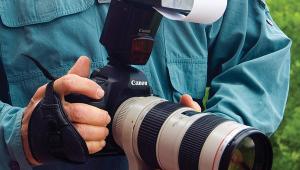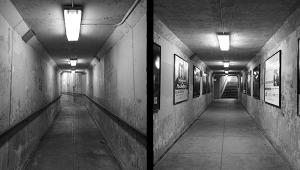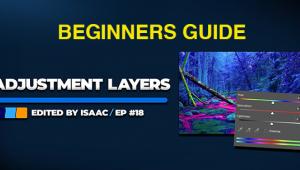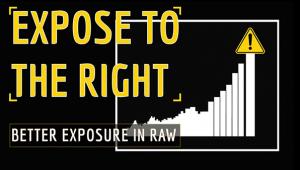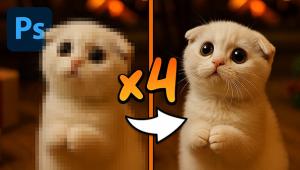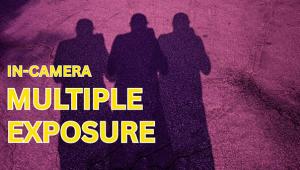Hindsight is Sometimes More than 20/20
Industry Perspective
Hindsight is Sometimes More than 20/20
by Ron Leach
As the end of this decade approaches, I found myself pondering the direction our technology-driven industry has taken and some prognostications Shutterbug writers made back in 1999 about the future of photography. Let’s take a look back and see how well these forecasts have withstood the test of time.
The late Monte Zucker, and one of Shutterbug’s favorite contributor’s, noted “the future is always a combination of the best from the past and the greatest ideas of today.” While Monte always embraced the latest photographic technology, he was adamant that “the straightest path to photographic success is paved with great photographic technique” and predicted “many could get lost taking shortcuts.” David Brooks also gave a nod to the past when offering his views of the future: “With photography becoming increasingly digital in the 21st century,” he noted 10 years ago, “the parts it has played in the past will prevail and expand as communication continues to become more significant in every aspect of life.”
Brooks predicted that “accessibility and affordability will, in the future, allow more and more individuals to use the digital darkroom to an extent the traditional, closed, wet, and light-less silver-film darkroom never allowed.”
Back in ’99 Robert E. Mayer said “I believe the genetically dominant seeds for what will grow tremendously in the future were introduced 10-12 years ago with the introduction of the original Sony Mavica digital camera.” Bob’s view of the future included an ecological component when he predicted that “everything will be vastly different than what we know today, due to greatly expanded technology combined with the need for a safer environment with minimal caustic effluents from today’s color chemicals—therefore it will all be digital in nature." Shutterbug contributor Darryl C. Nicholas pointed out “We are just beginning to see the ‘Mode T Fords’ of digital cameras now.” With future technological breakthroughs and the ability to capture more raw data, he predicted “It will be possible to capture enough data to support three-dimensional images . . . the next step will be three dimension images that move.”
Often the contrarian, Roger W. Hicks took a somewhat hybrid view: “Go forward far enough in time and cybermen may capture all they see with the blink of an eye, download from brain to holovision screen, retouch by power of thought alone, then save the shot for all eternity in some undreamed of form. ‘Til then, and maybe after, silver’s hard to beat for beauty, cheapness, speed and ease. Like Shakespeare’s tongue itself, it will survive beyond the novelties; it may outlast them all.”
As Winston Churchill once said, “The farther backward you can look, the father forward you are likely to see.” Seems like the Shutterbug visionaries tend to agree.

